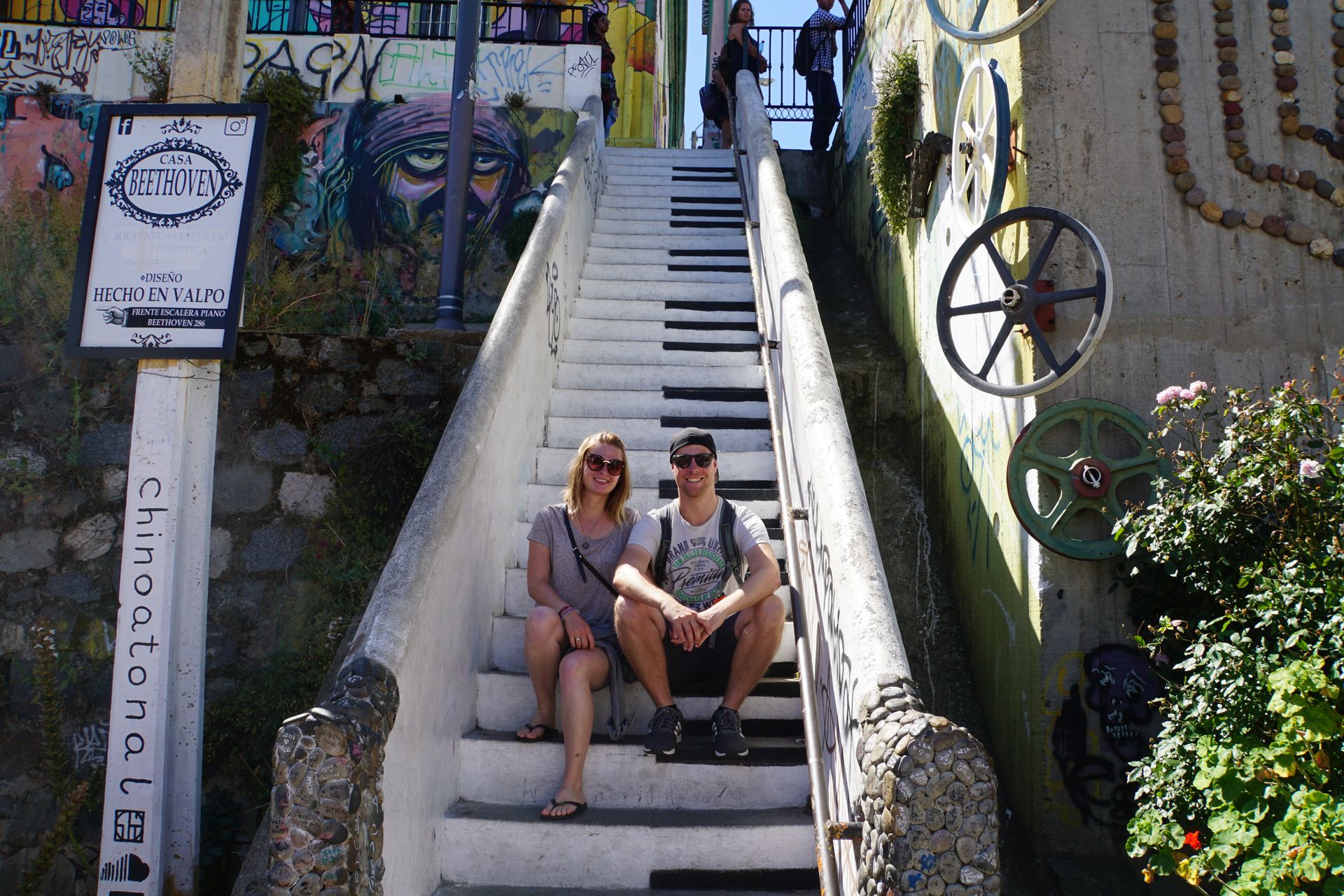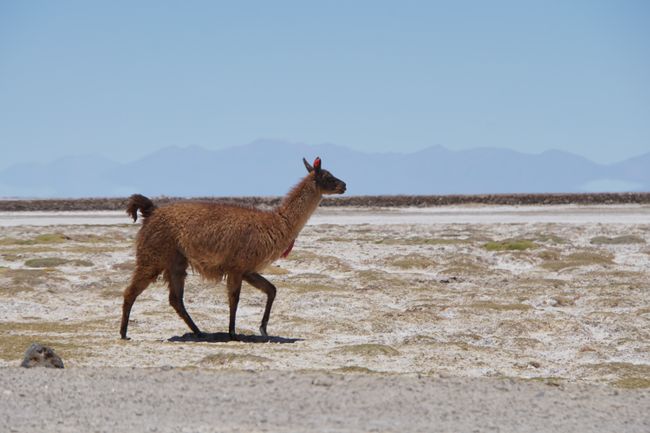From gardens, caves, volcanoes, and an old paddle steamer
Gepubliceerd: 24.02.2019
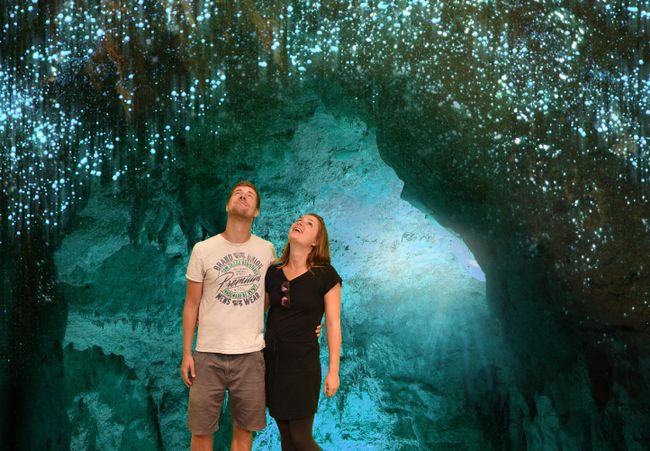
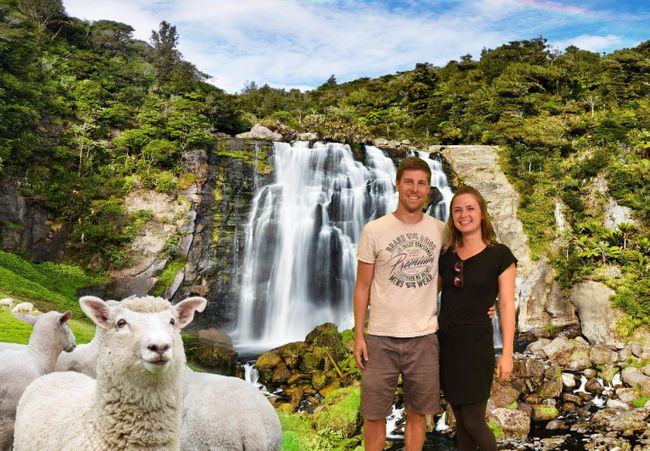
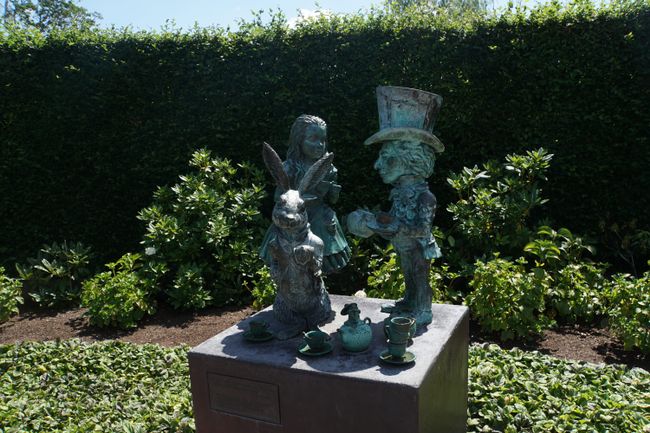
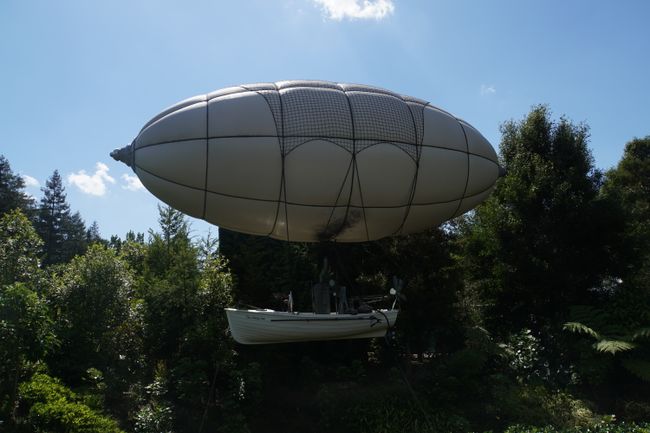
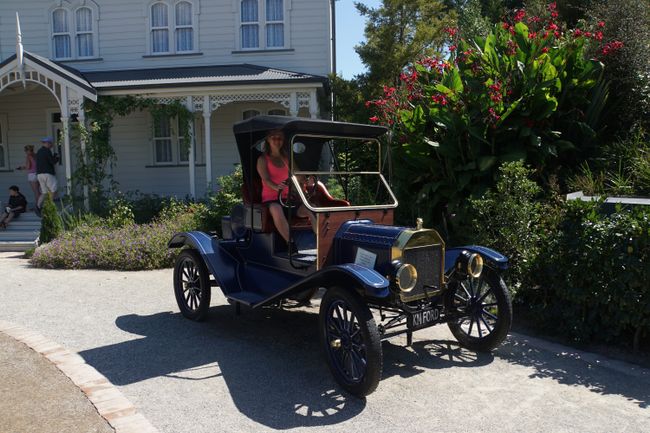
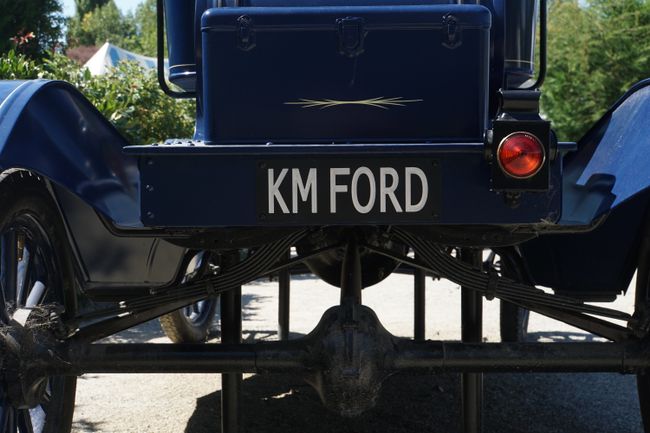
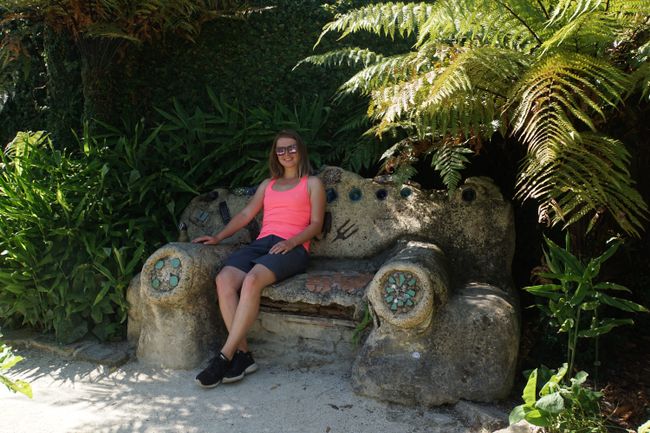
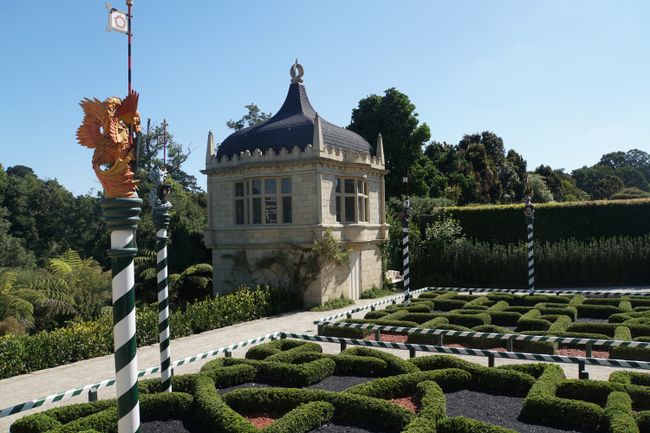
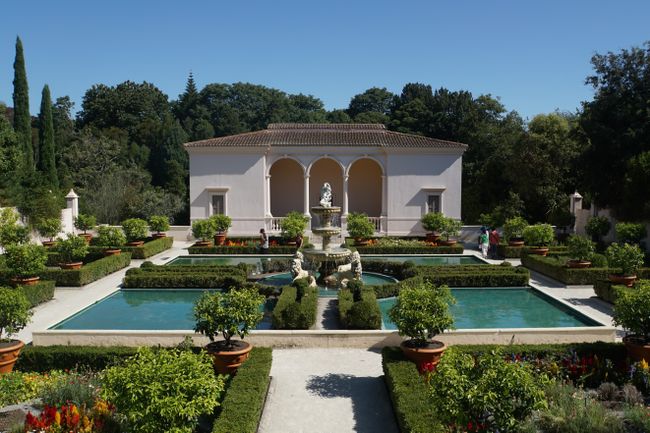
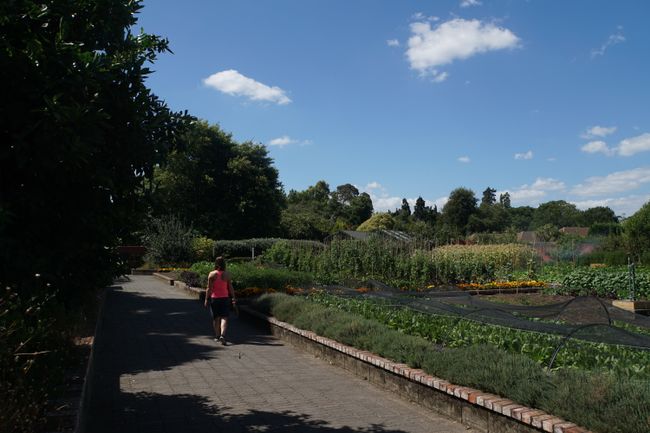
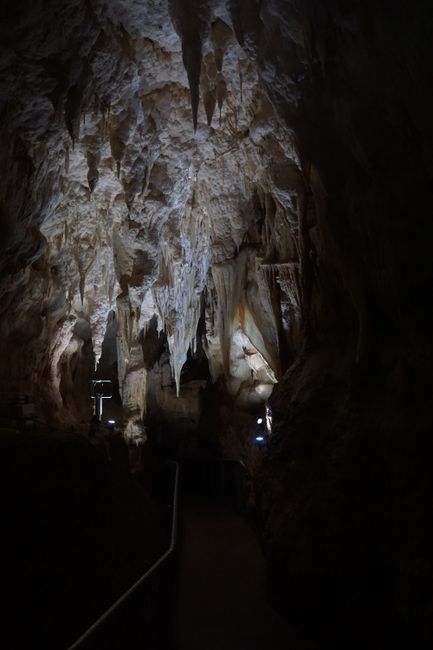
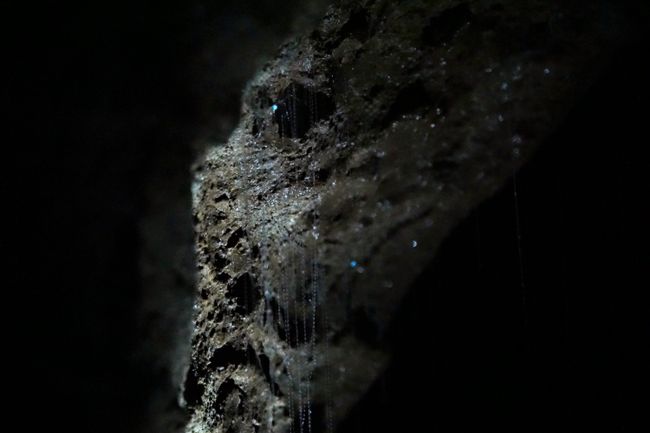
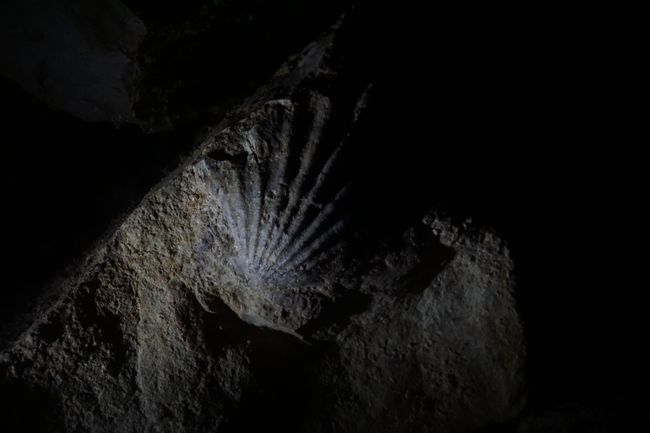
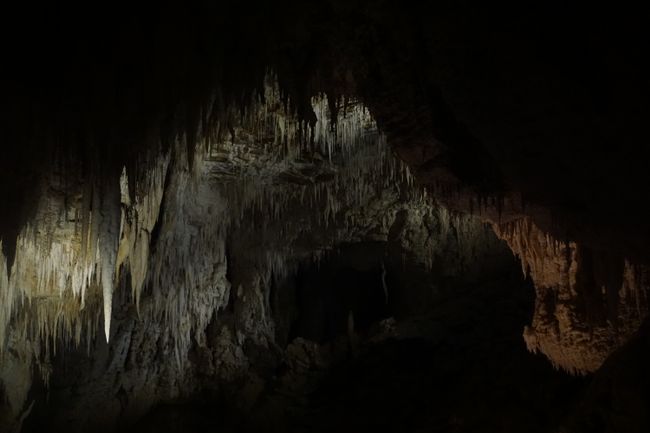
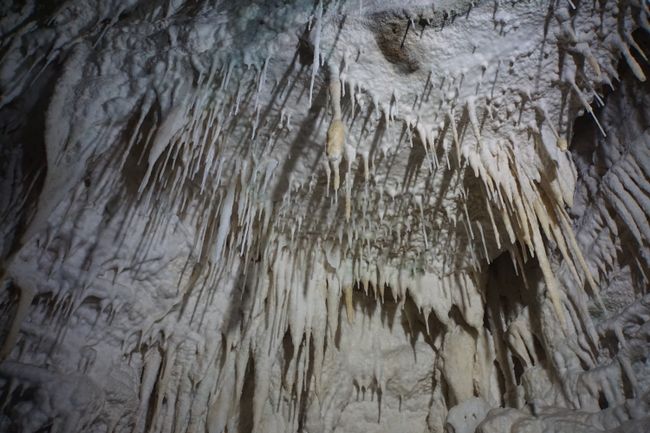

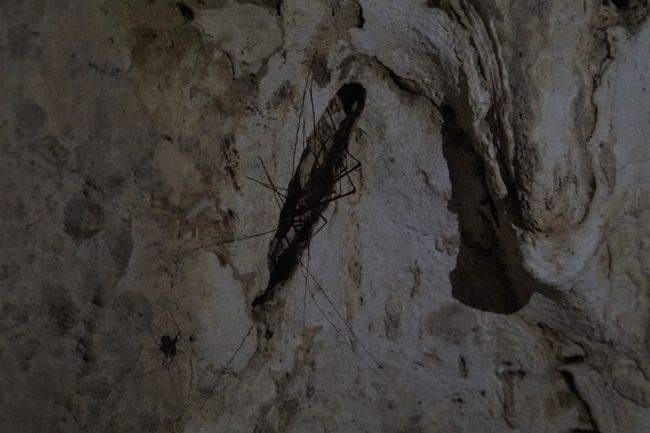
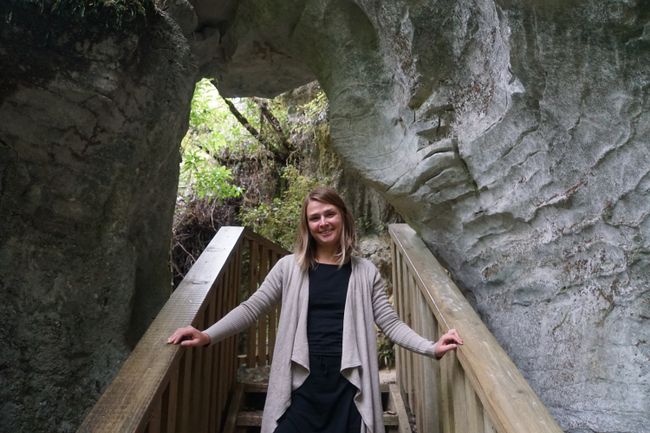
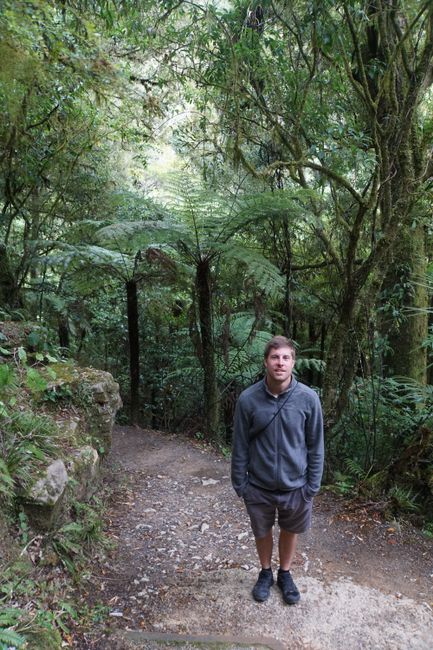
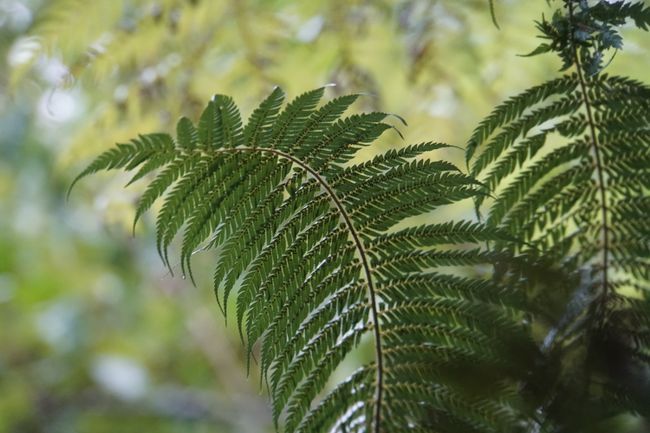
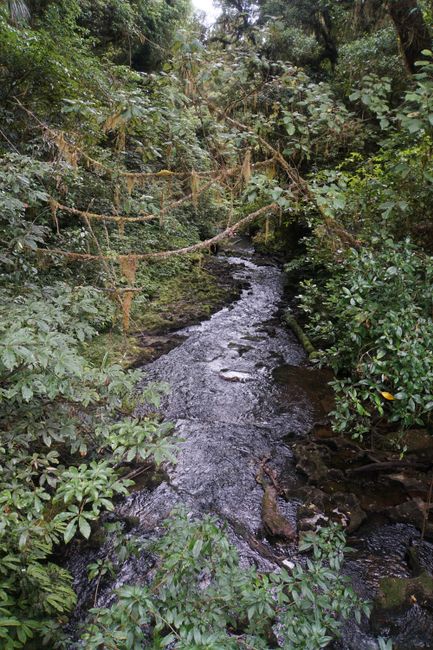
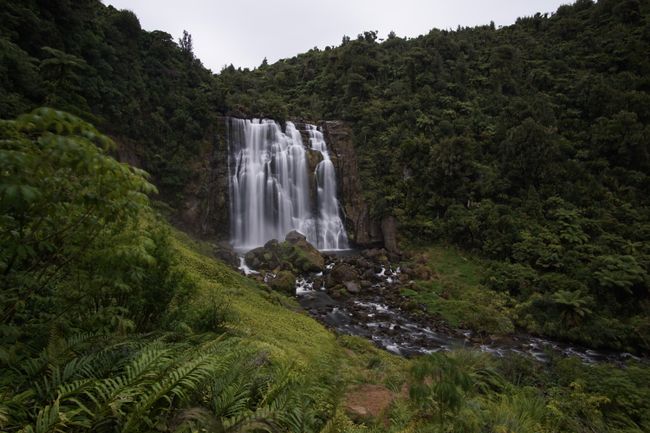
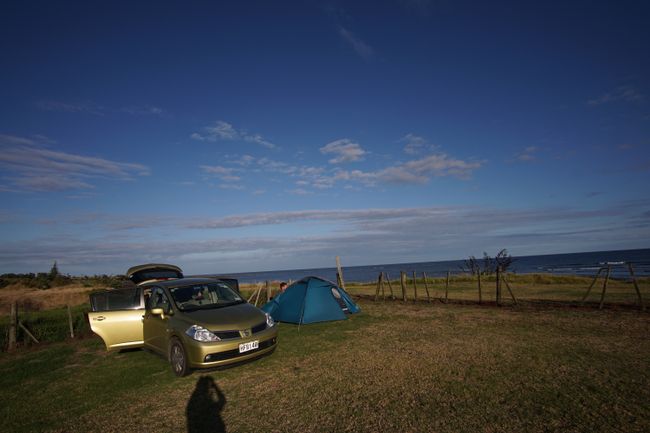
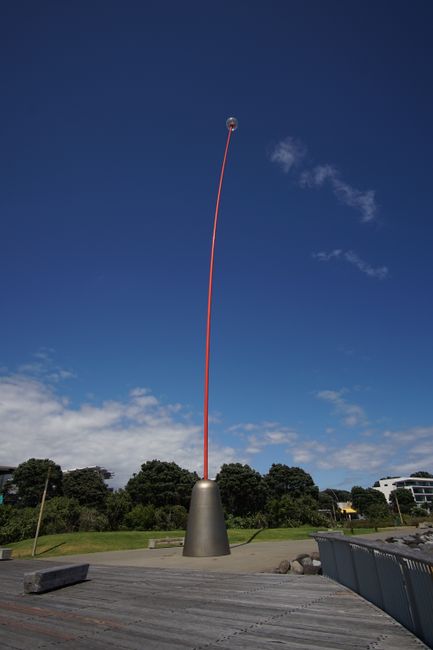
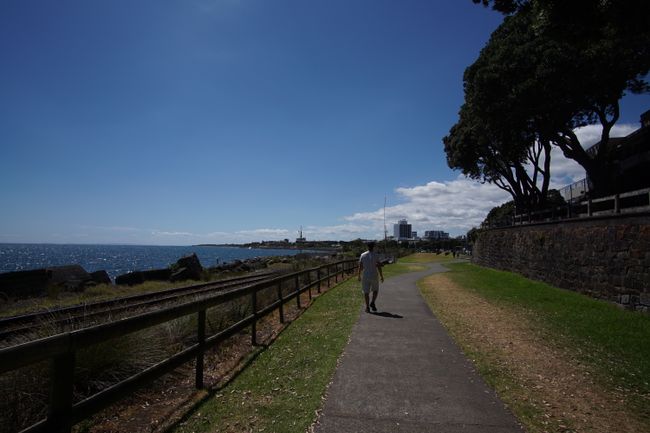
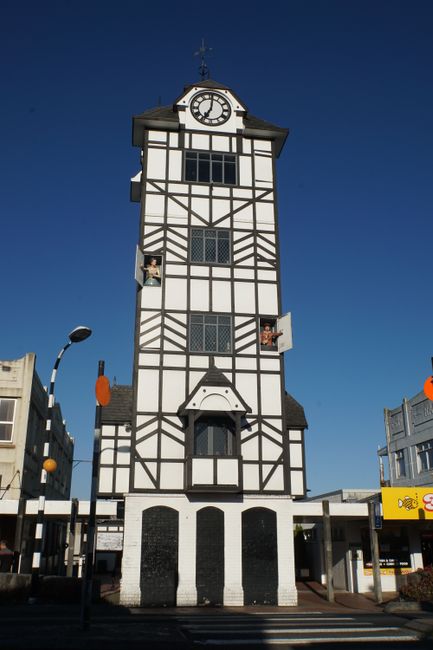
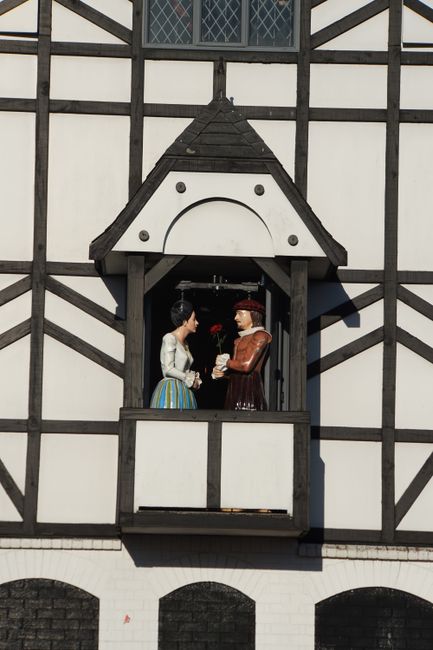
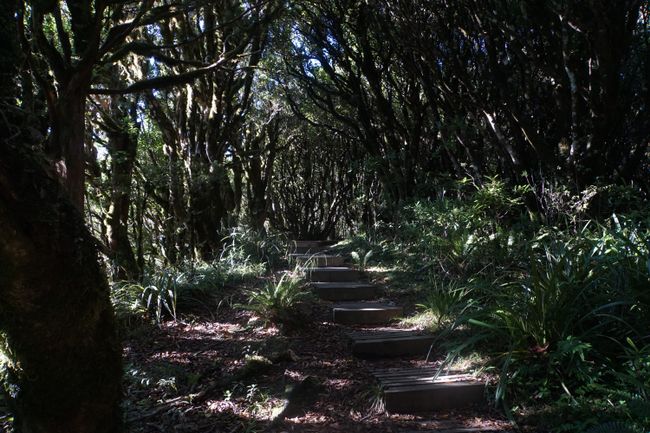
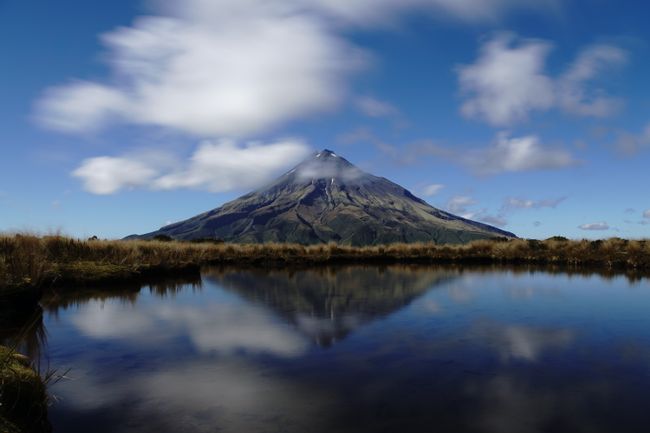
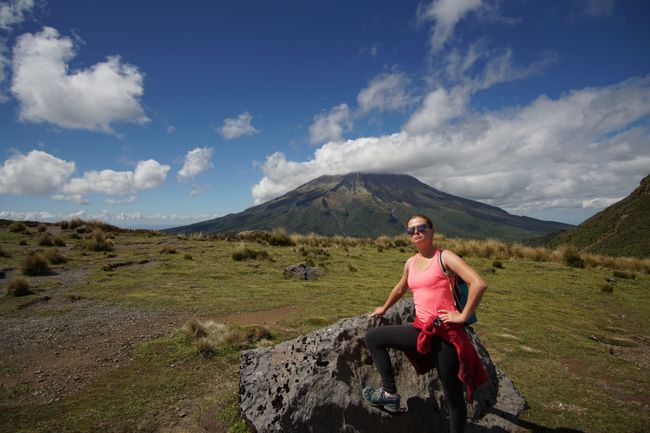
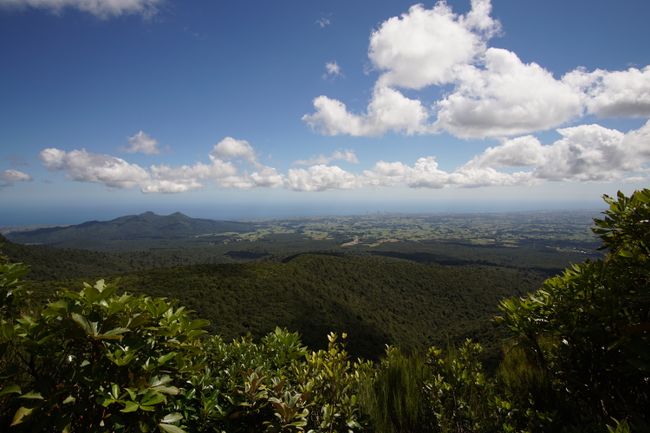
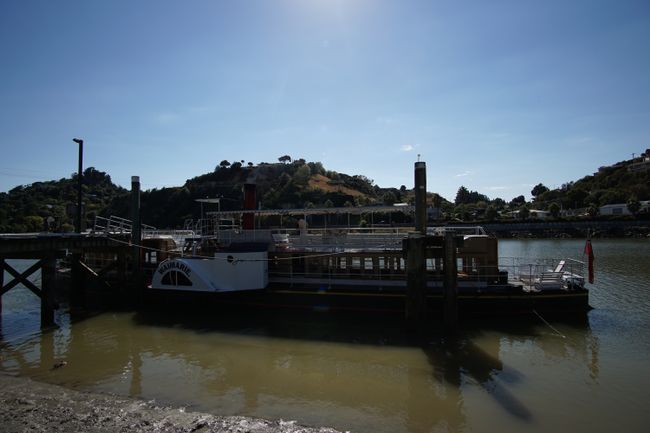
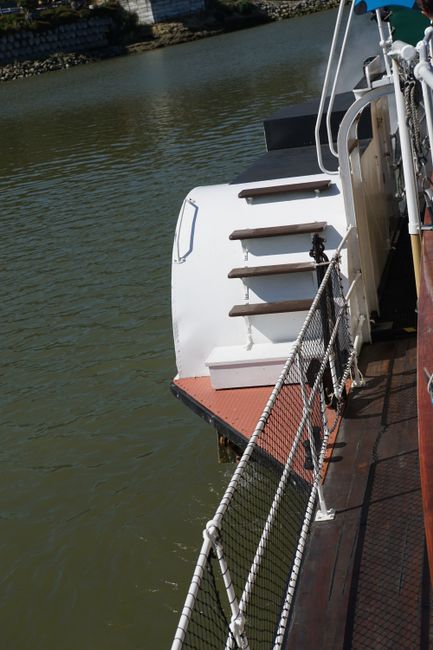
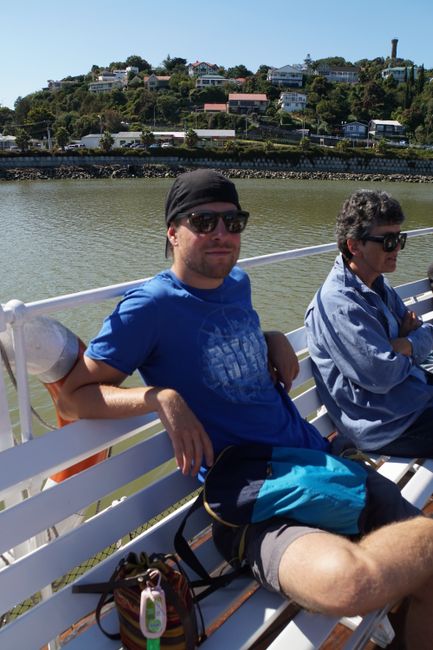
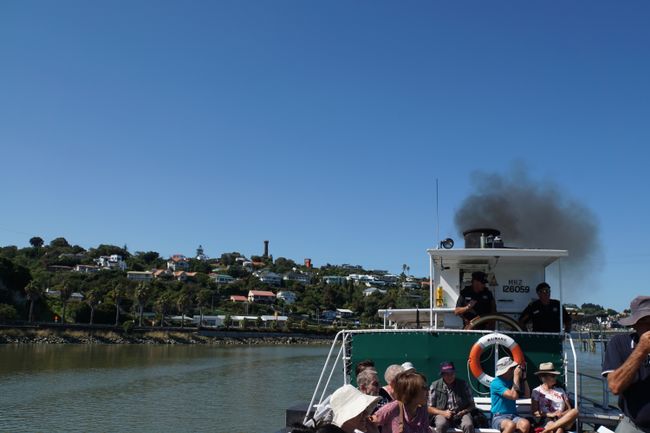
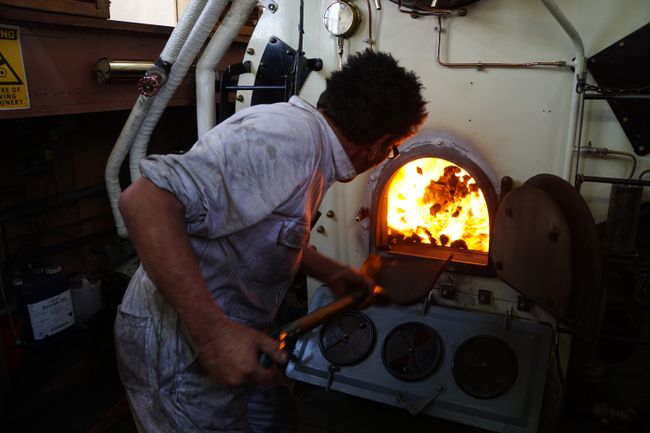
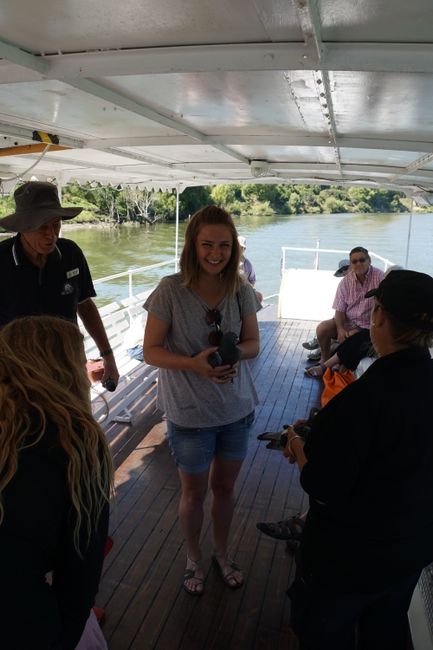
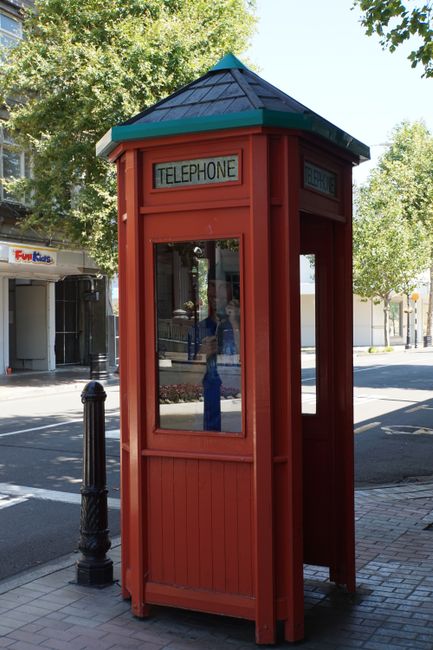
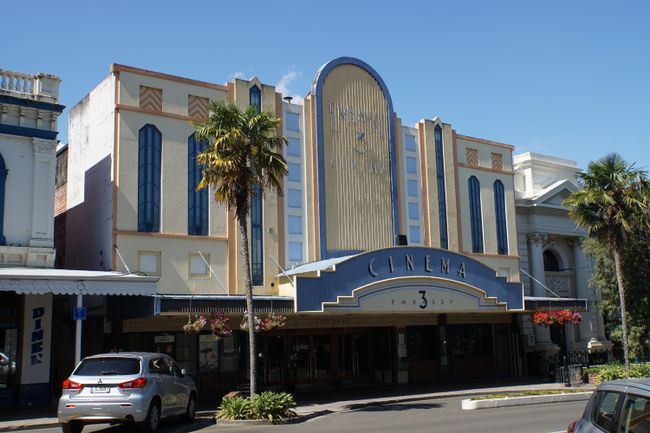
Abonneren op de nieuwsbrief
We leave Northland behind and head south on State Highway 1. Auckland flies past us without us stopping again. Our declared destination for today is Waitomo, as tomorrow we want to visit the famous Glowworm Caves. By chance, we come across Hamilton on our journey. As a rather large city, we stop there to refuel and grab a quick lunch at the supermarket. There is sushi. The New Zealanders love sushi, at least there are sushi fast food restaurants on almost every corner and even the Pack'nSafe, the cheapest supermarket, has a large selection of delicious cold rice bites. Since the parking lot of the supermarket is too uncomfortable for us, we look for a shady spot on a park bench near the Waikato River. It's a nice place to hang out, and after eating, we want to go for a walk. Right next to our parking lot is the entrance to the Hamilton Gardens, which are mentioned in our travel guidebook in just a tiny paragraph. Since admission is free, the gardens are just right for a little digestive walk - which spontaneously extends to 3 hours! We are absolutely thrilled with these gardens! The area is huge and divided into different themed areas. There is a Maori garden with a small Wharenui, a meeting house, and the typical plants of the first immigrants to New Zealand. There is a fantasy garden, an English garden, an Italian Renaissance garden, an Indian garden, a Chinese garden, and a Japanese garden. We also stroll through an area that represents the garden art of the late 20th century. We especially like the kitchen garden full of pumpkins, raspberry hedges, tomato plants, and herbs, and the 'Sustainable Backyard', which focuses on composting and a balanced mix of ornamental and edible plants. In our opinion, these gardens, which are funded by donations and have many volunteers working in them, deserve more space in the travel guidebook!
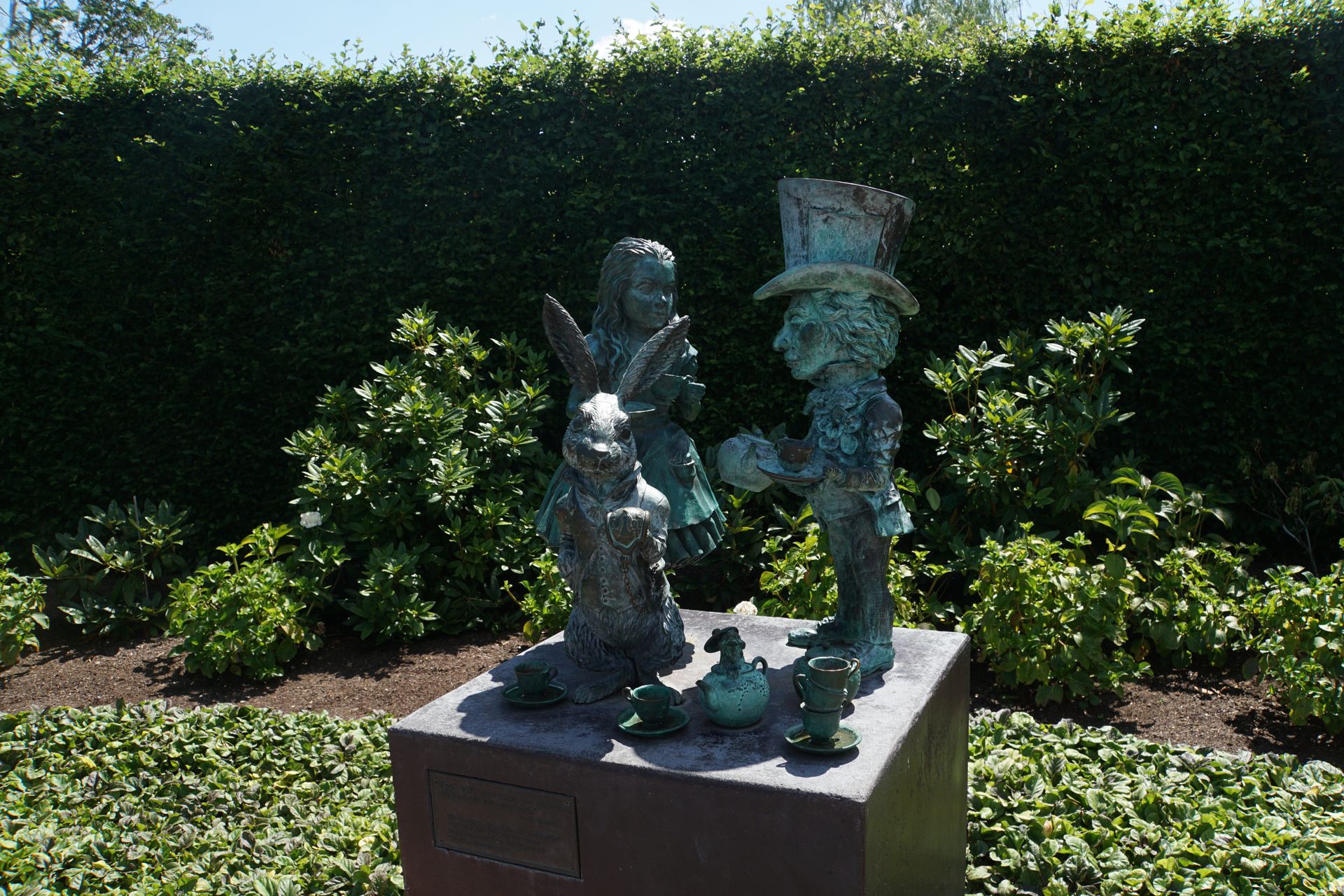
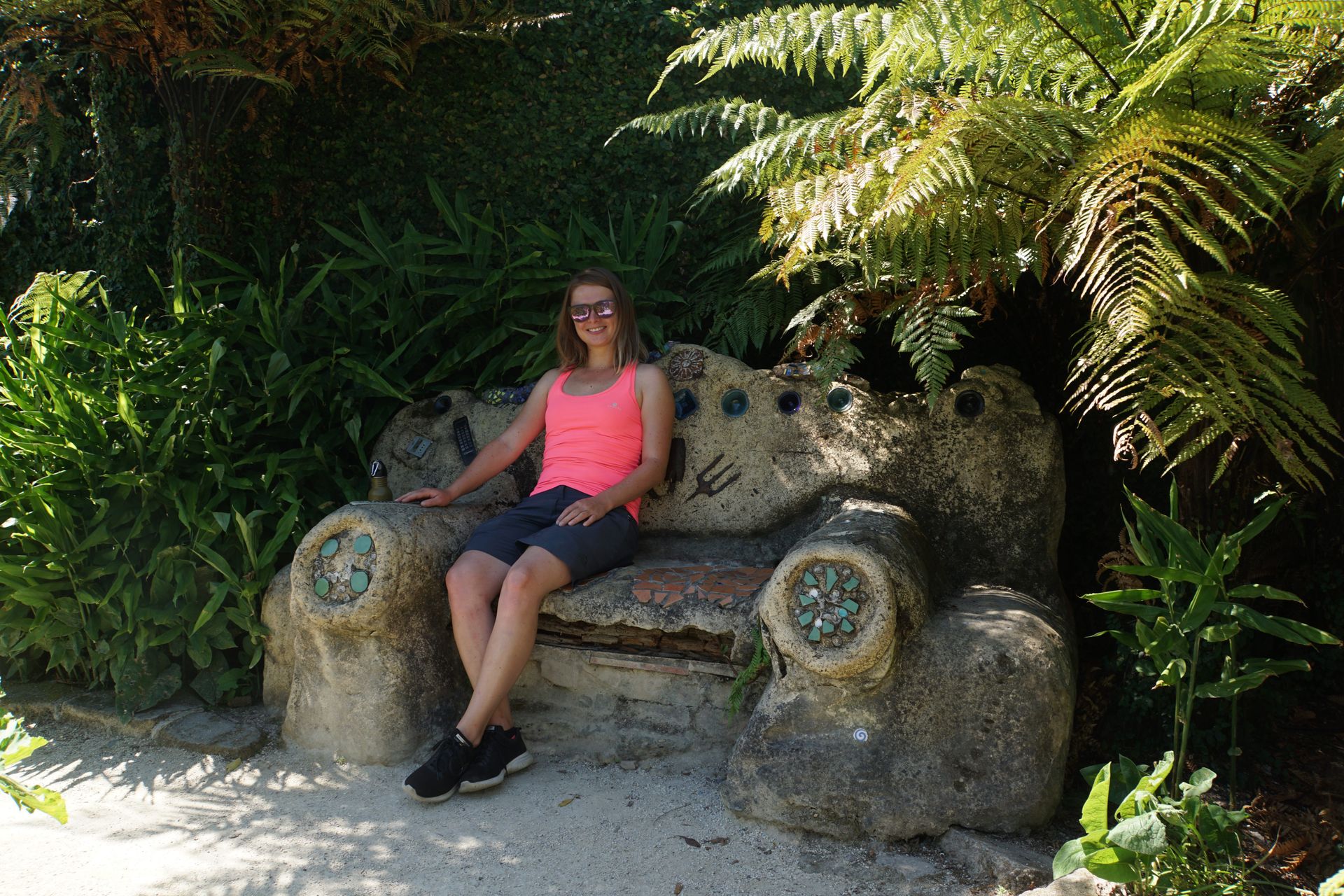
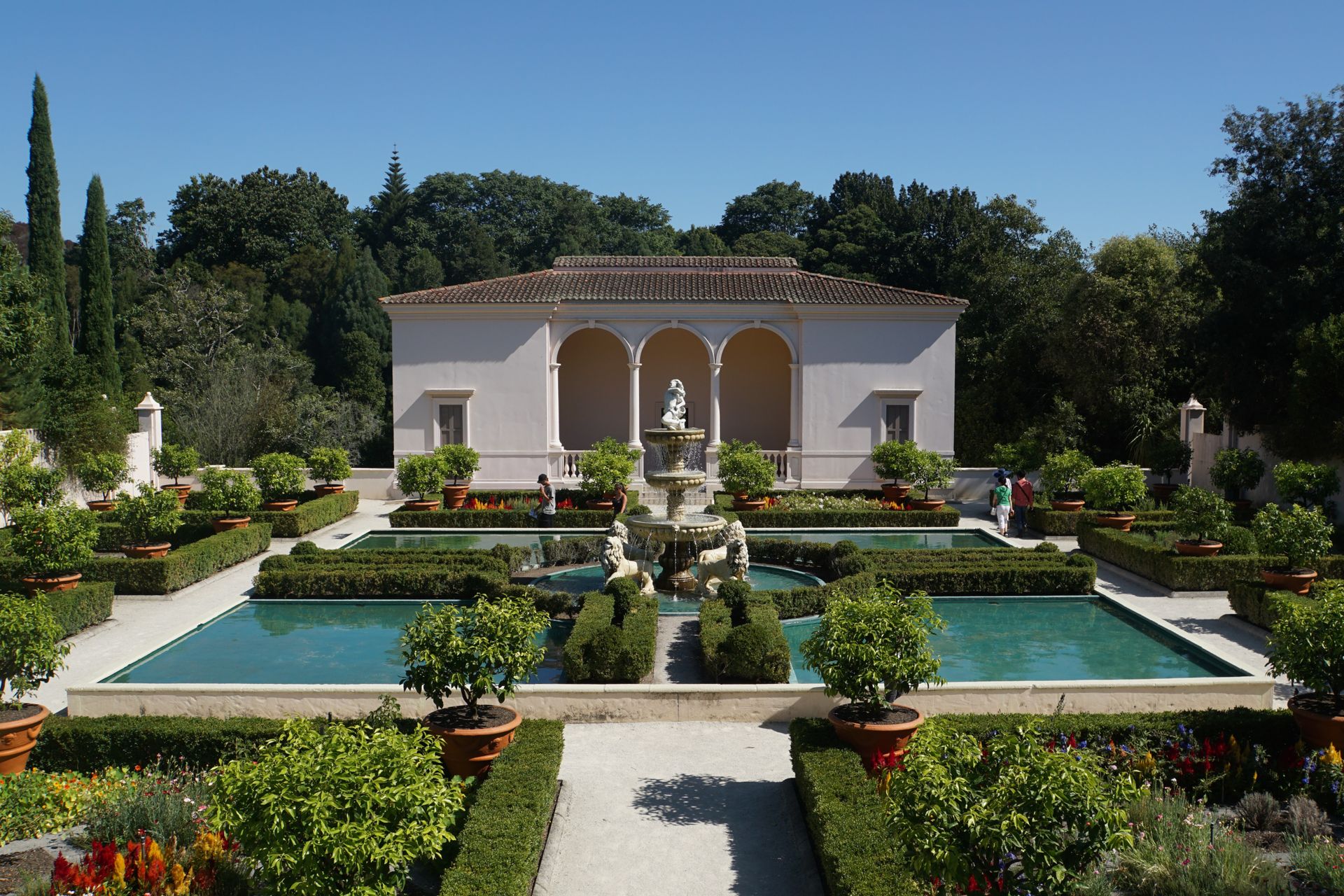
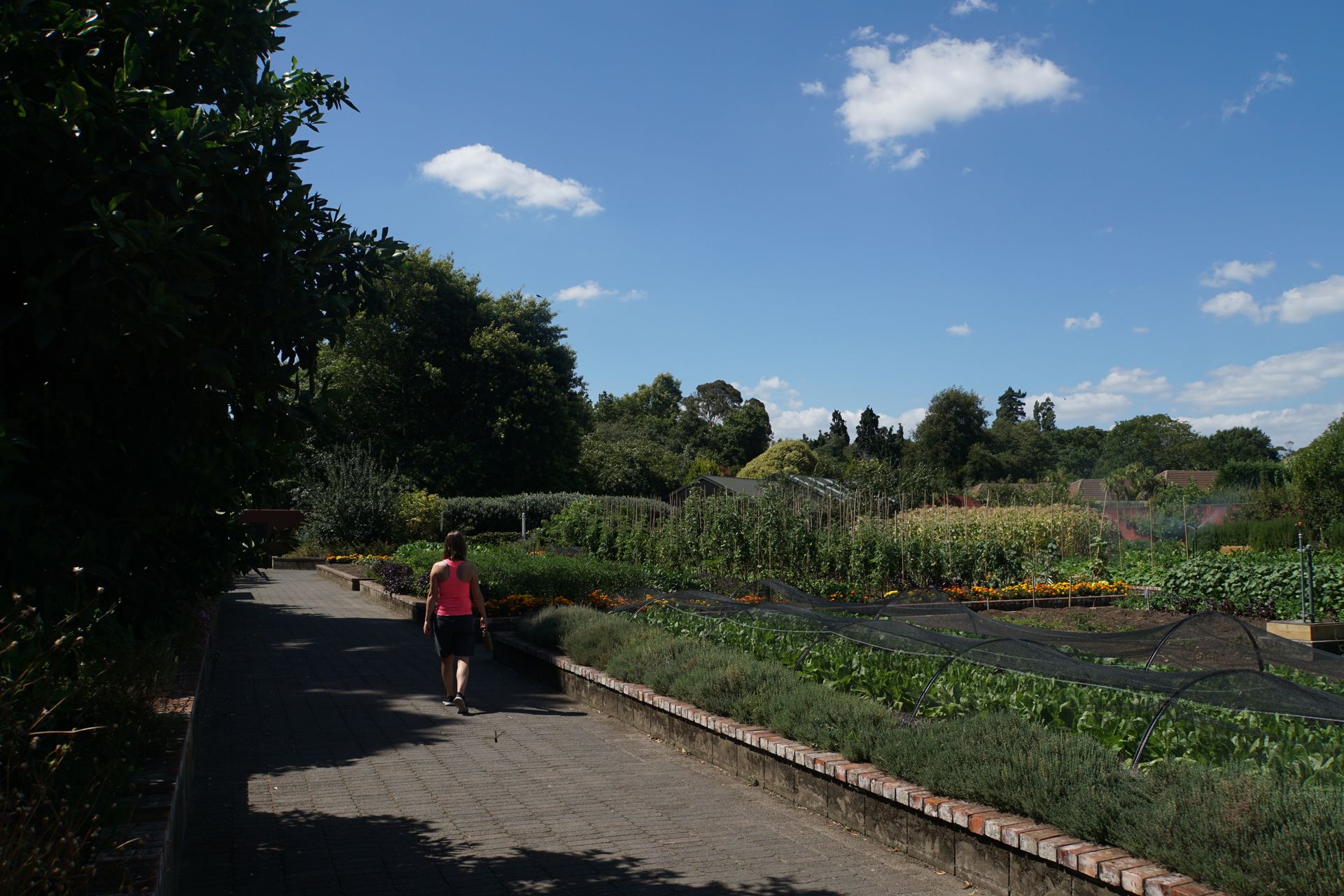
Although we have already admired a few glowworms in the Waipu Caves (more information about these fungus gnat larvae can be found in our Northland blog), we have decided to also visit the more touristy Waitomo Caves, assuming that the caves are famous for a reason. Our travel guidebook suggested that combining all three caves, the actual Glowworm Cave, the Ruakuri Cave, and the Aranui Cave, would provide the best value for money. So we booked all three tours in a combo package.
Our tour starts with a two-hour guided tour of the Ruakuri Cave. Ruakuri is Maori for 'Two Dogs'. According to legend, a Maori hunter was robbed of his prey by two dogs at the entrance of the cave. He returned to the cave entrance with his chief, and the two thieves were apprehended. The Ruakuri Cave is less impressive with its glowworms than with its amazing stalactites and stalagmites of all shapes and sizes. The white calcium carbonate that drips from the ceiling dissolved in the water and forms pointed cones that hang from the ceiling or seem to grow from the ground, sparkles beautifully in the light of the lamps. When you consider that such a stalactite only grows about one cubic centimeter in 100 years, a 2-3m long cone is very impressive! We are not allowed to touch anything here because the little oil on our skin is enough to contaminate the rock and turn the tips black. However, we are allowed to take as many photos as we like. We even get to see a few glowworms up close!
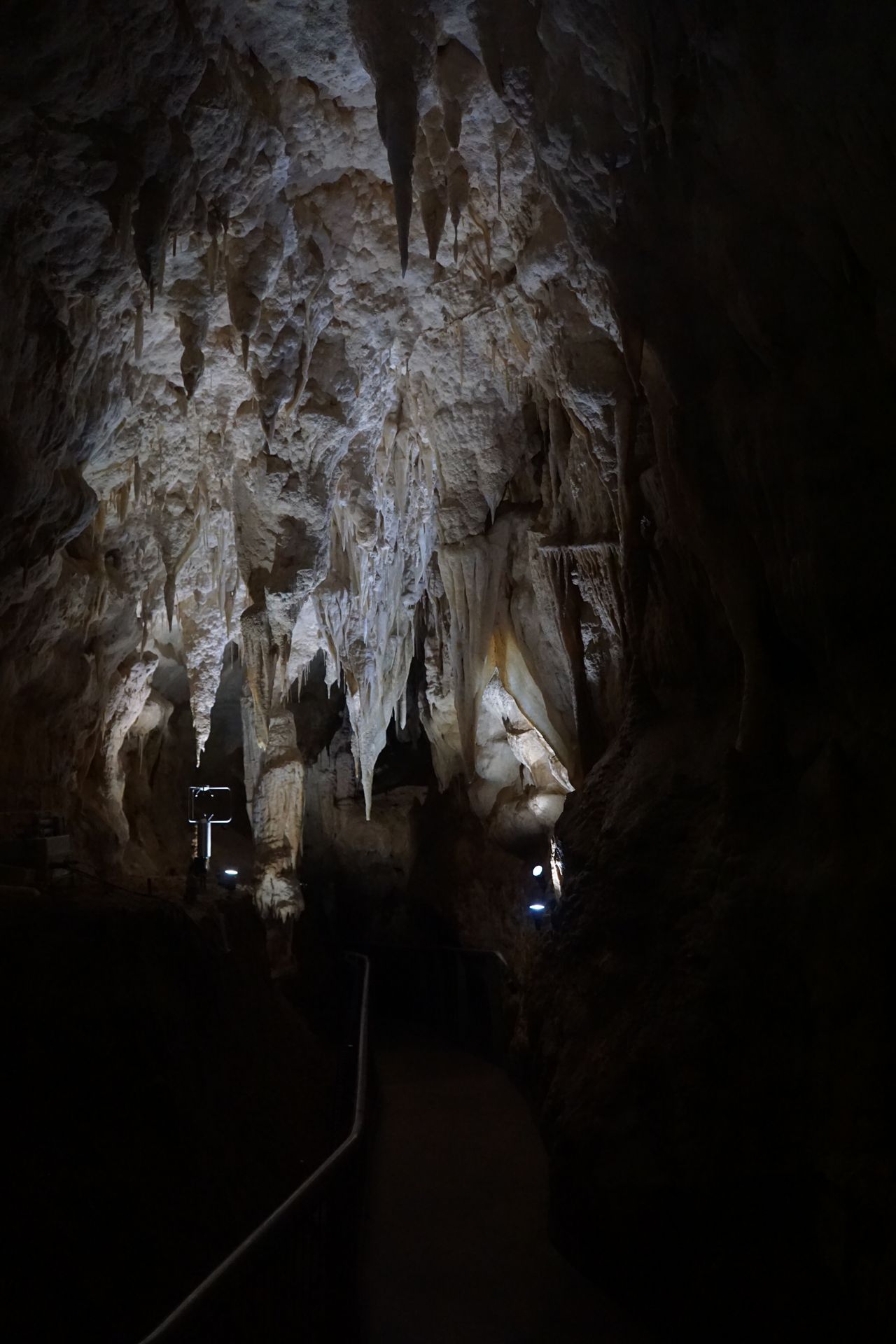
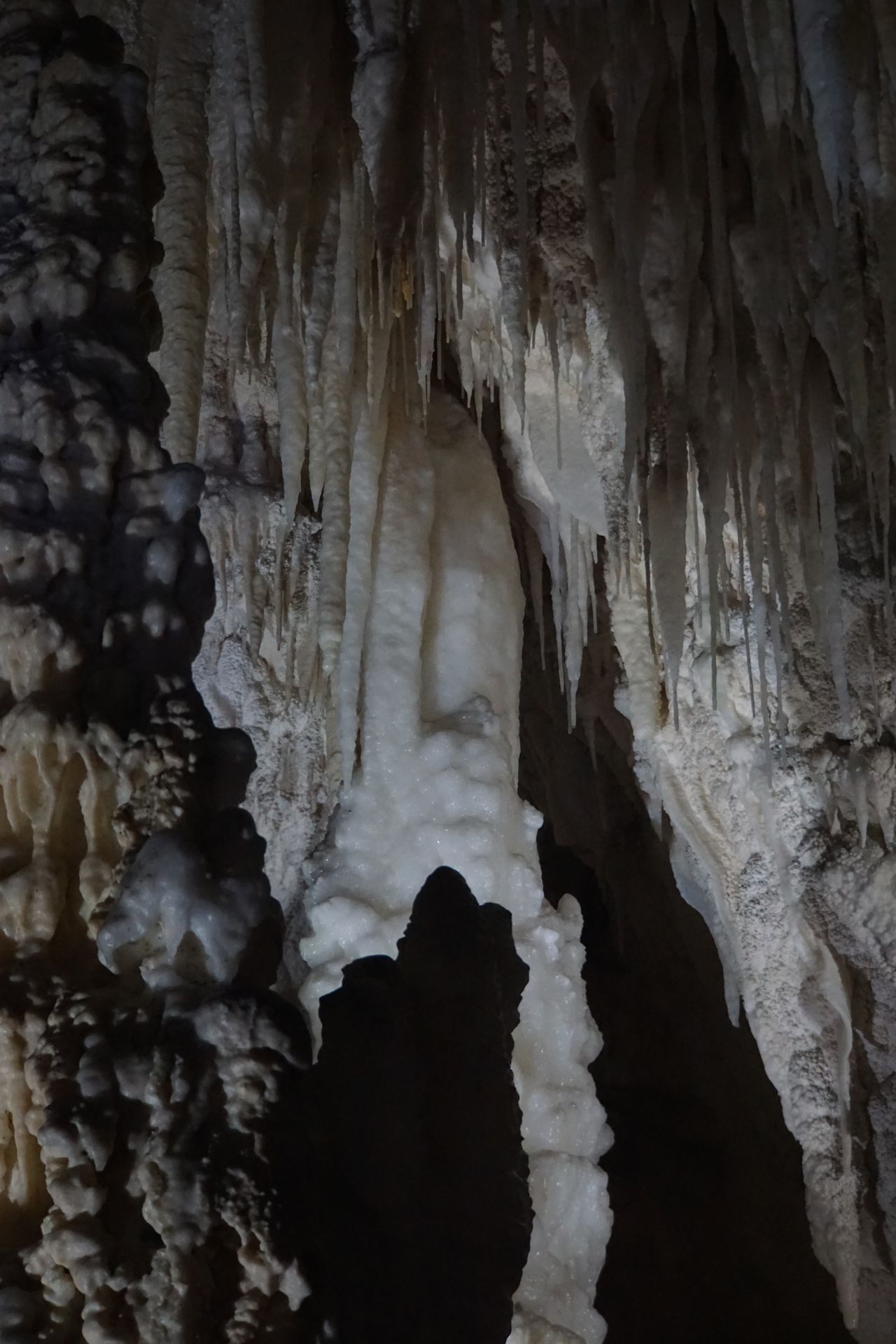
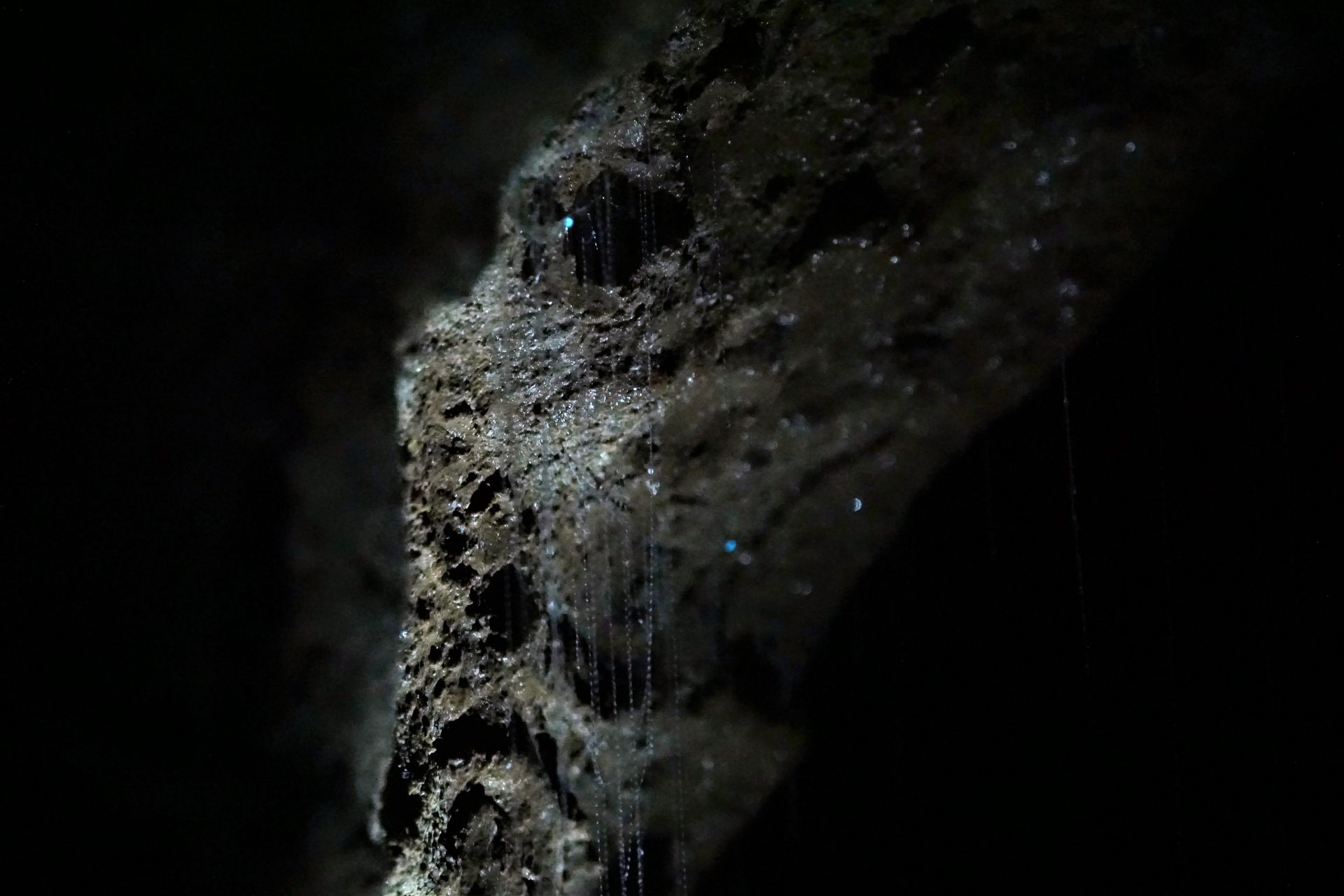
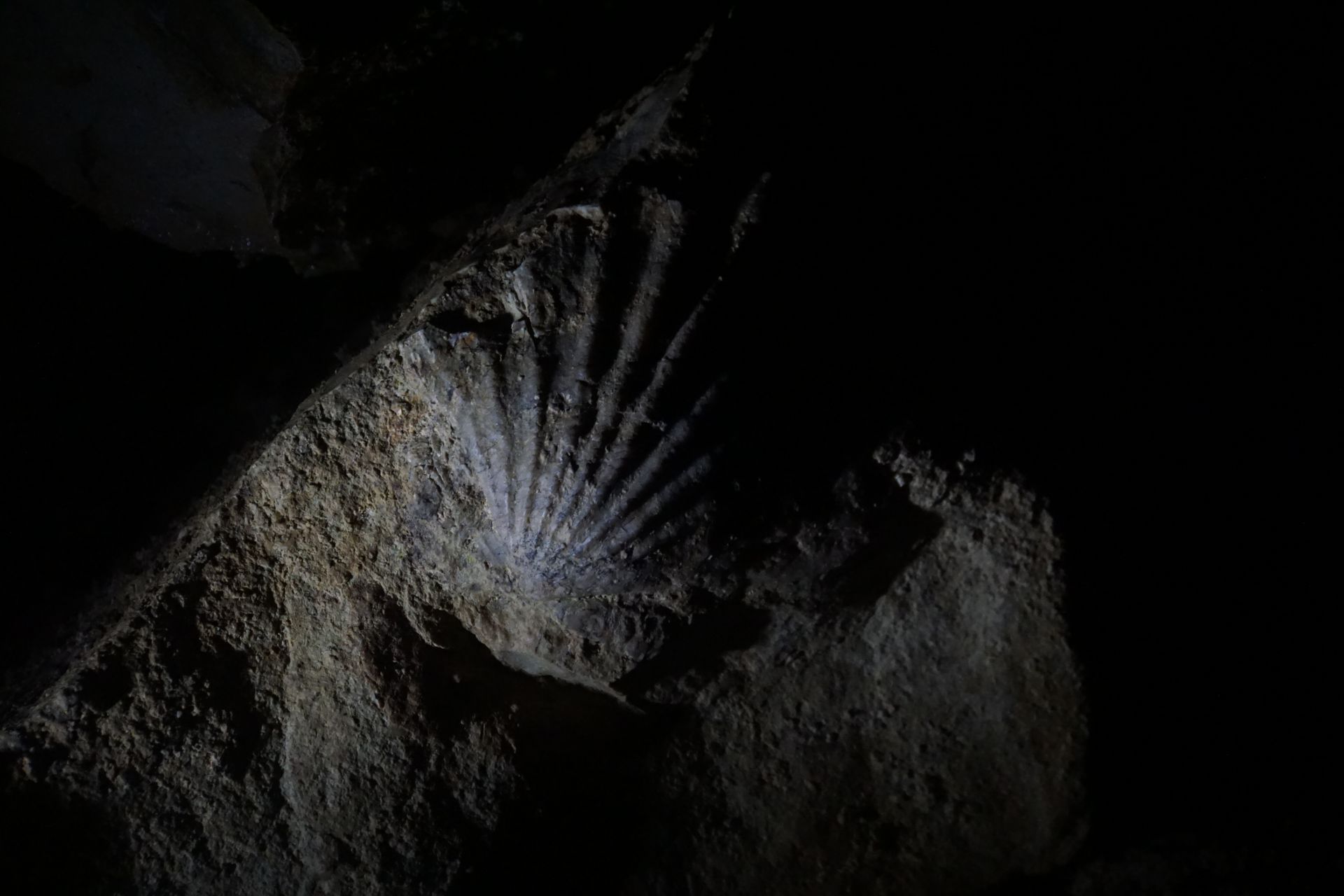
After warming up a bit above ground - it's just under 12°C in the caves - we move on to the Aranui Cave. This is the smallest of the three caves and was only discovered by chance by the Maori Ruruku Aranui in 1911. Allegedly, he was chasing a pig through the forest until it disappeared into a hole. Aranui's dog chased after the fleeing animal and fell several meters deep into the cave. During the rescue of the dog, the cave was discovered and got its name. There are no glowworms in the Aranui Cave, but there are wetas. These huge, more than palm-sized and fortunately flightless crickets hang on the walls near the entrance because at night the animals go out to feed in the forest. 'Small but nice' describes the Aranui quite well, as it is truly packed with stalactites. And here you will find the largest stalactite in the Waitomo Caves, measuring 4m in length. You can now calculate how old it is.
It's hard to believe, but true: Many of the stalactites, which look so fragile, are missing their tips, but not because they broke on their own. Until the 1950s, tourists visiting the cave were allowed to break off a stalactite and take it home as a souvenir... thousands of years of formation destroyed in seconds.
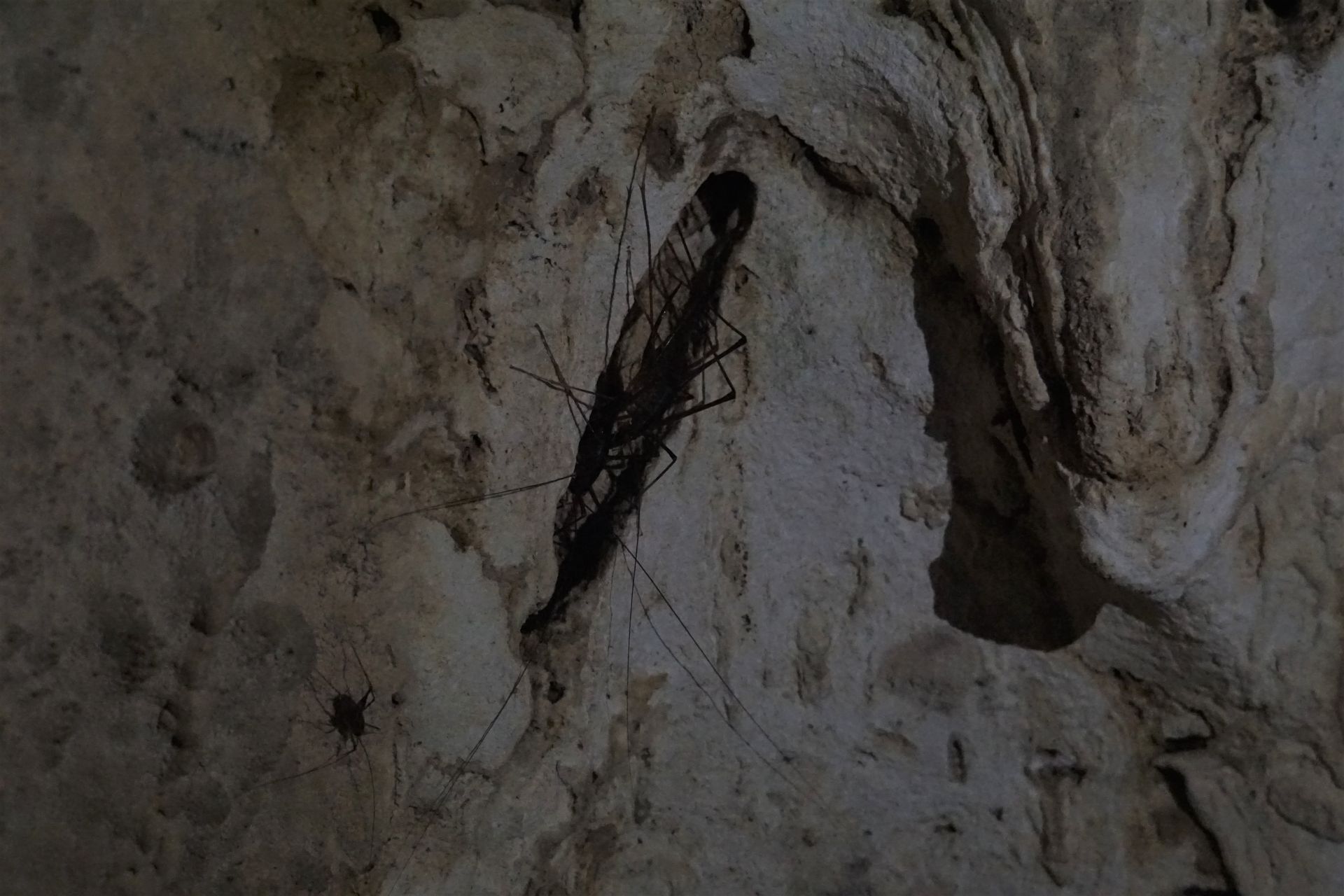
Finally, it's time for the Glowworm Caves! Unfortunately, we are not allowed to take pictures here because the caves are privately owned and the rights to the images correspondingly. However, there is a diligent photographer ready to take pictures of us in front of a green screen, so that we can then be placed in a cave illuminated by glowworms. We should have suspected something... Since most tourists only visit this one cave, we are given information about the glowworms, stalactites and stalagmites, and the formation of these caves in fast forward. Initially, we go through a brightly lit section of the cave similar to the Aranui cave system. Then we line up at the boat dock. We are pulled through the large cave full of glowworms on a boat because it is completely under water. We manage to secure a spot right at the front of the boat. In order to disturb the animals as little as possible, the boat is not propelled by paddles or even an engine. An employee quietly pulls us on ropes that are strung across the cave under the false starry sky. Even though we have already seen glowworms, the cave in Waipu can't compare to the sight we see here in Waitomo! It's almost as bright as day, with so many of the little larvae hanging from the ceiling and emitting their bluish-green light. Like thousands and thousands of little stars, they hang in the dark cave. The gentle sound the boat makes in the water and the approximately 20 tourists holding their breath to be as silent as possible give the moment a very special atmosphere. But then it's already over. After about 3 minutes, we emerge into the bright daylight, and a footpath leads us directly to the souvenir shop.
In hindsight, it was a very good decision to book all three caves. In the actual Glowworm Cave, we were rather rushed, and the cave is overcrowded - unfortunately, with more tourists than glowing larvae. The other two caves are equally spectacular, and you spend more time in them, get a more detailed tour, and can ask many questions. Despite the mass processing, we would recommend the Glowworm Cave to anyone traveling to New Zealand. It is simply incredible how such small creatures can illuminate a dark and cold cave through sheer mass, and how beautiful it looks under this larval firmament.
We fall into the tourist trap and invest money in the photos of the Glowworm Caves. Since we also failed to take a meaningful picture of the glowing larvae in the Waipu Cave, we believe that it can be achieved with the right equipment and that we will surely be cut into such a professional picture... Well, no. The pictures are at least so bad that they are funny again and remind us of this day with a smile or often loud laughter. And what do we learn from this: if you don't look closely, you pay money for such nonsense.

There's even a bonus picture with a waterfall - and a sheep! Oh, and let's not neglect the rainbow in the upper right corner.
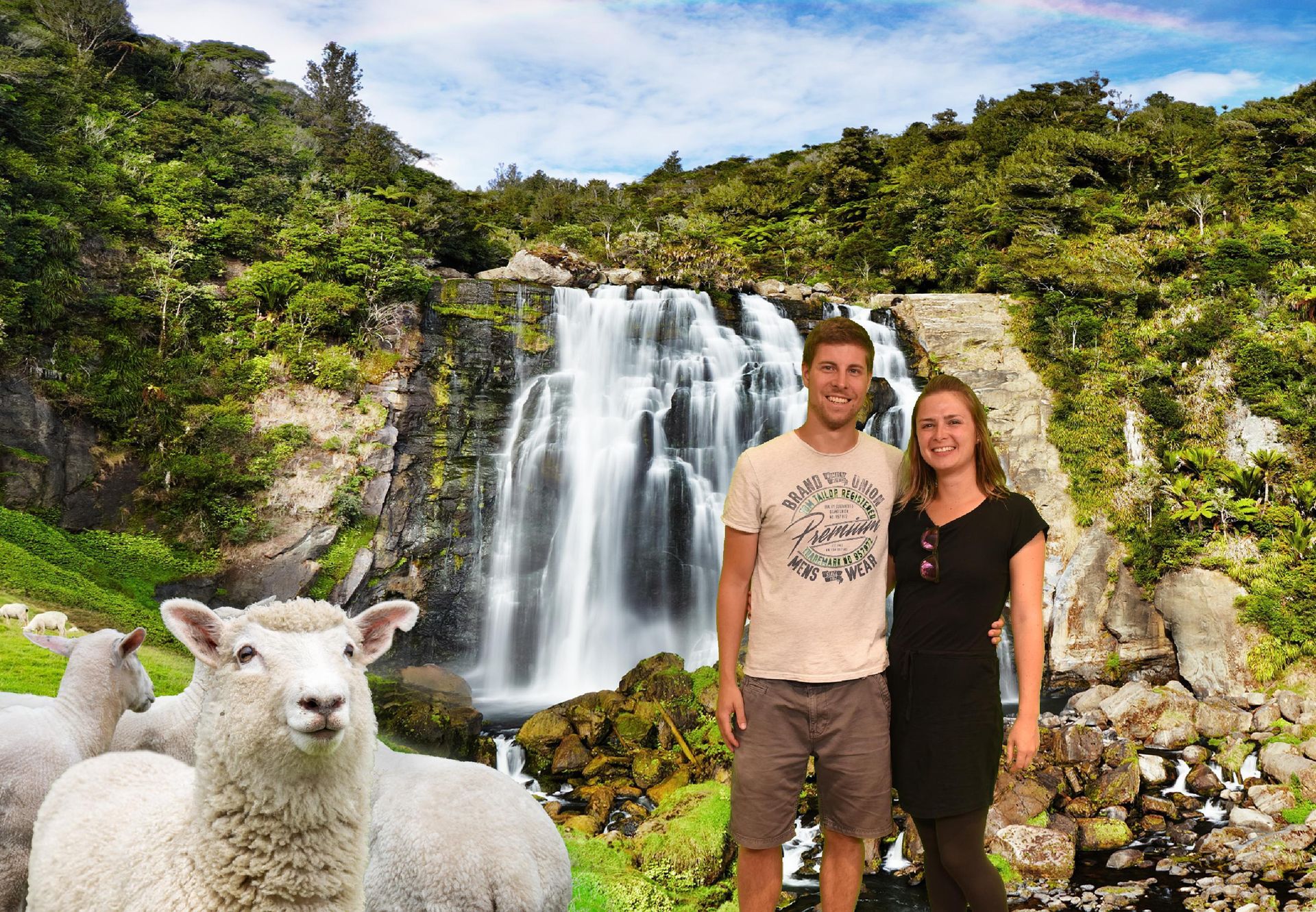
We actually stop at the waterfall one day later. After all, these Marokopa Falls really look like this in reality (at least when you take a long exposure shot).

After our cave adventure, we head back up. We want to go to Mount Egmont, or better known as Mount Taranaki, as the Maori call it. This dormant volcano is located in the center of the Taranaki National Park in the Taranaki Region, which occupies the entire western tip of the North Island. On the way there, we stop in New Plymouth, the largest and most important city in the region, where we admire the Wind Wand, an art object, and get some information about the volcano and New Zealand's flora and fauna at the museum of the i-Site, the tourist office. We then spend the night in Stratford, which was named after Stratford-upon-Avon, the birthplace of William Shakespeare. The people of Stratford are very proud of their namesake. All the streets in the small town are named after Shakespeare characters, and the clock tower plays a chime three times a day with Romeo and Juliet quotes. I really like it, Markus finds it ULTRA (Editor's note) kitschy. Admittedly, I wouldn't want something like that in my living room, but I think the idea is really cute!
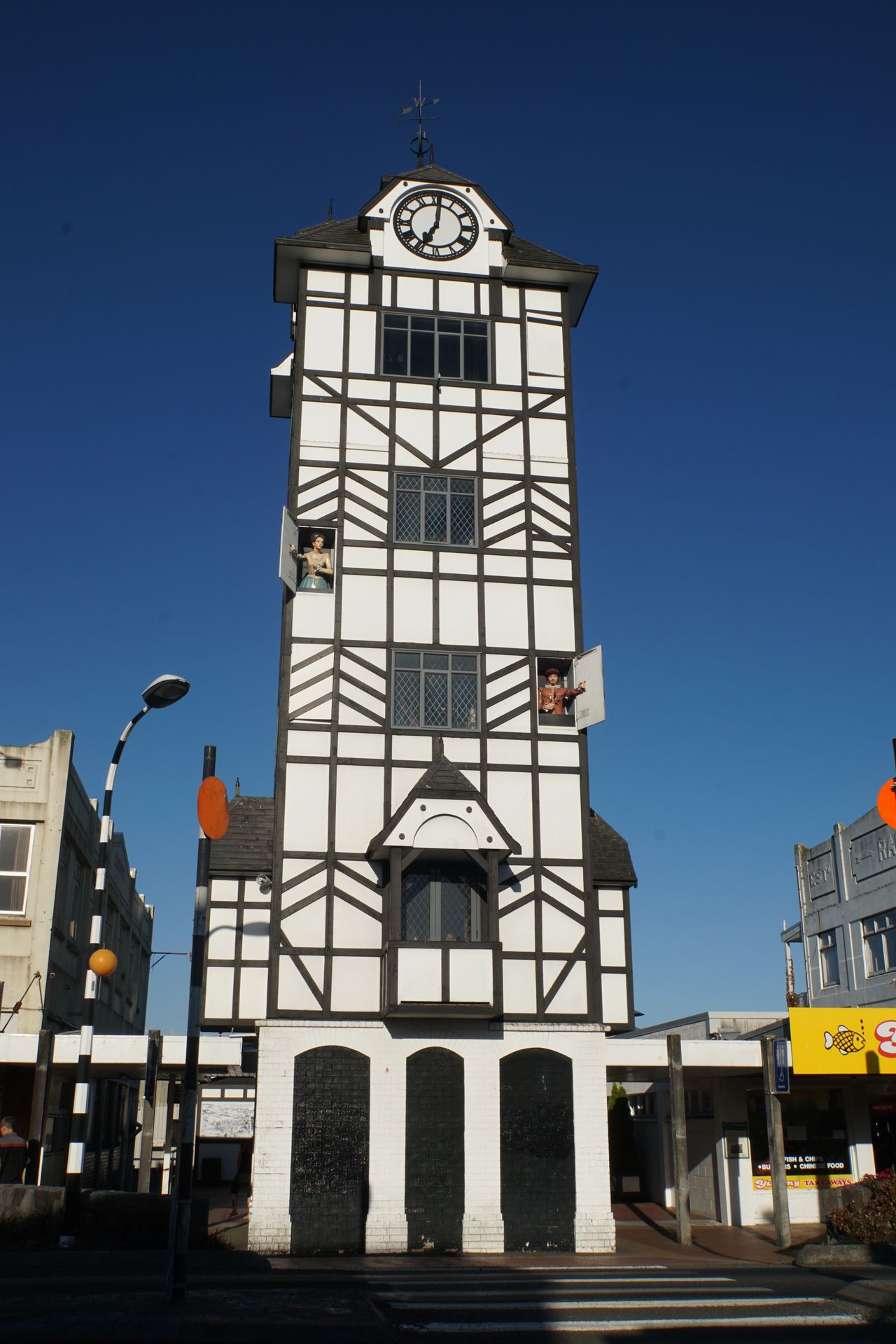
The clock tower in Stratford is something for Shakespeare fans
The next morning, we set off quite early for Taranaki because a hike uphill is not very pleasant in the midday heat. Also, the volcano is usually cloud-free in the morning and evening. Although we don't want to climb all the way to the summit of the mountain, it is still a long enough uphill climb. Our destination for the day is the Pouhakai Tarns, a small body of water where the perfect cone of the mountain is said to be beautifully reflected. The path is wonderfully paved in typical New Zealand fashion. Countless steps lead up the mountain. Instead of walking on the ground, we walk on wooden walkways to protect the vegetation below and beside the path. There are many traps along the way. The oversized mousetraps filled with chicken eggs are intended to kill introduced and unwanted predators such as rats, possums, or stoats.

Stairs in the forest
We take a longer break here, eat our provisions, and enjoy the beautiful view and the warming rays of the sun whenever a cloud doesn't cover it.
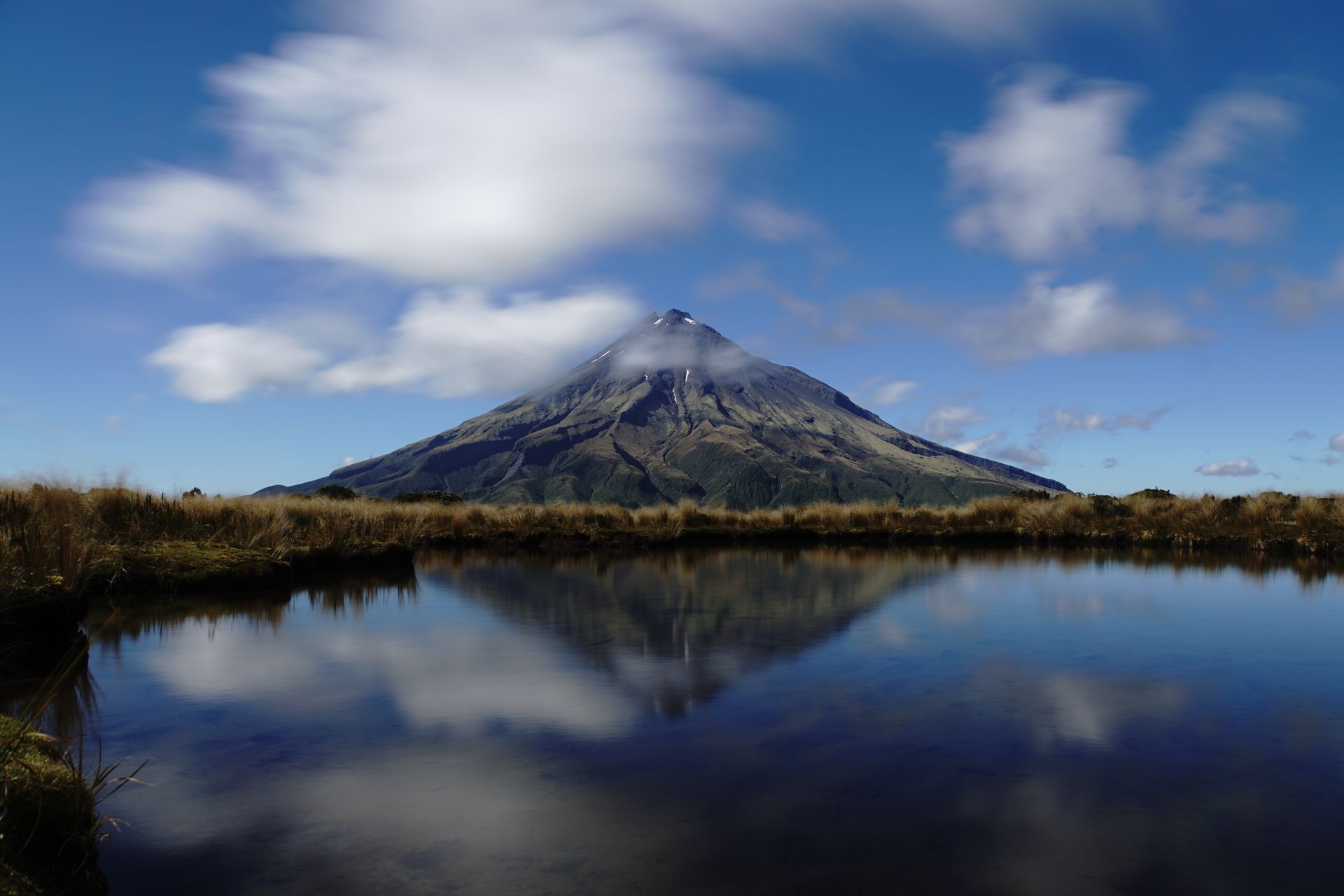
Then it's just downhill from here back to Klaus-Gunther (for those who don't know, that's the name of our little rental car). We stop at Lake Manganahoe, a paradise for ducks and swans, and then drive south to Whanganui. Tomorrow we want to take a paddle steamer ride here.
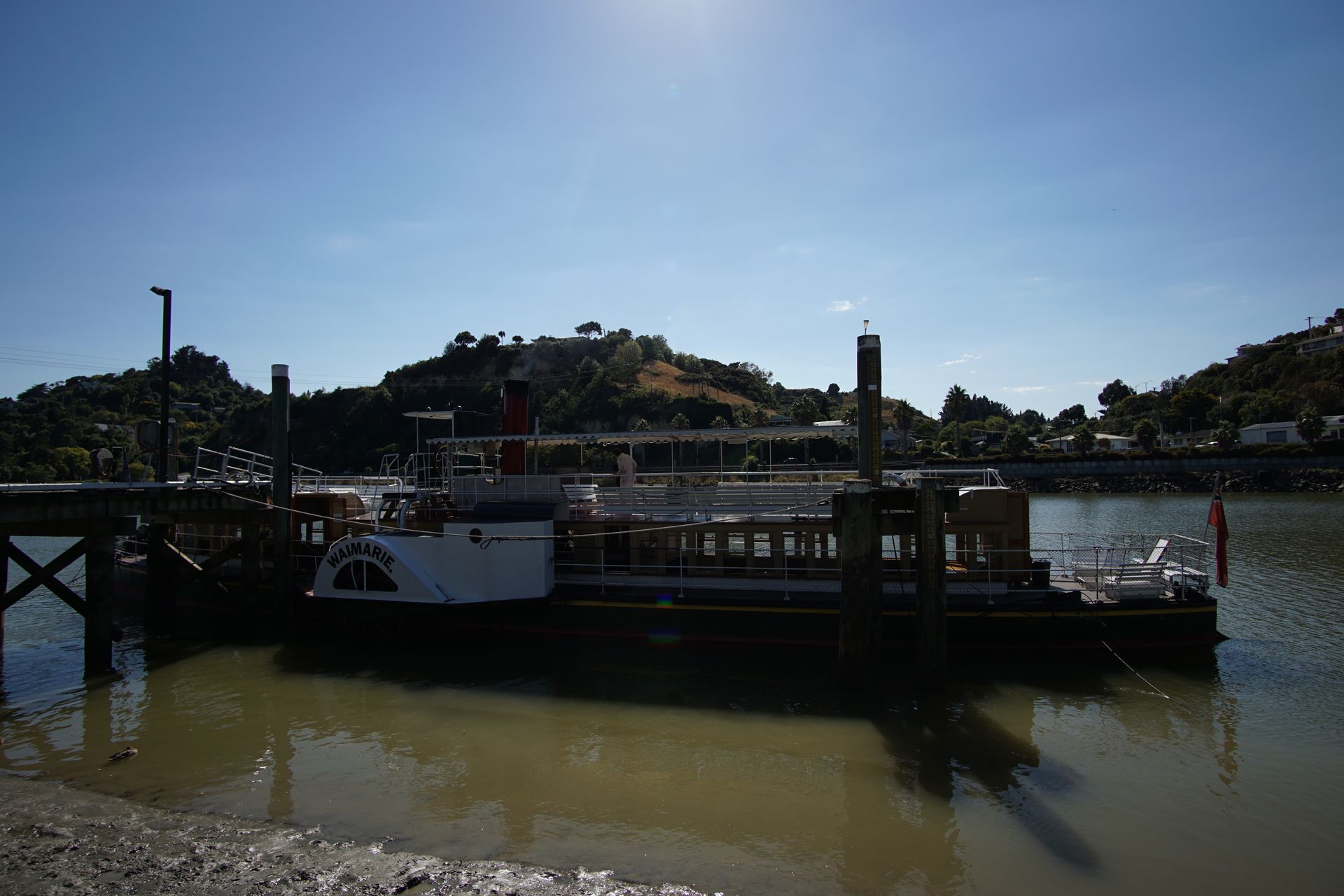
The Waimarie, that's the name of the paddle steamer, is the oldest active paddle steamer in New Zealand. It was manufactured as a kit in London in 1899 and assembled in Whanganui. The ship transported cargo, mail, and passengers between Whanganui and Pipiriki. In 1952, the Waimarie sank in the Wanganui River (note: river without an 'h', the city has one). In 1992, a citizens' initiative was founded to salvage and restore the Waimarie. In 1993, the Waimarie was finally salvaged and painstakingly restored over a six-year period. Since 2000, the Waimarie has been carrying tourists on a two-and-a-half-hour trip along the Wanganui. It's really cool that you can climb into the engine room and even have a look into the furnace!
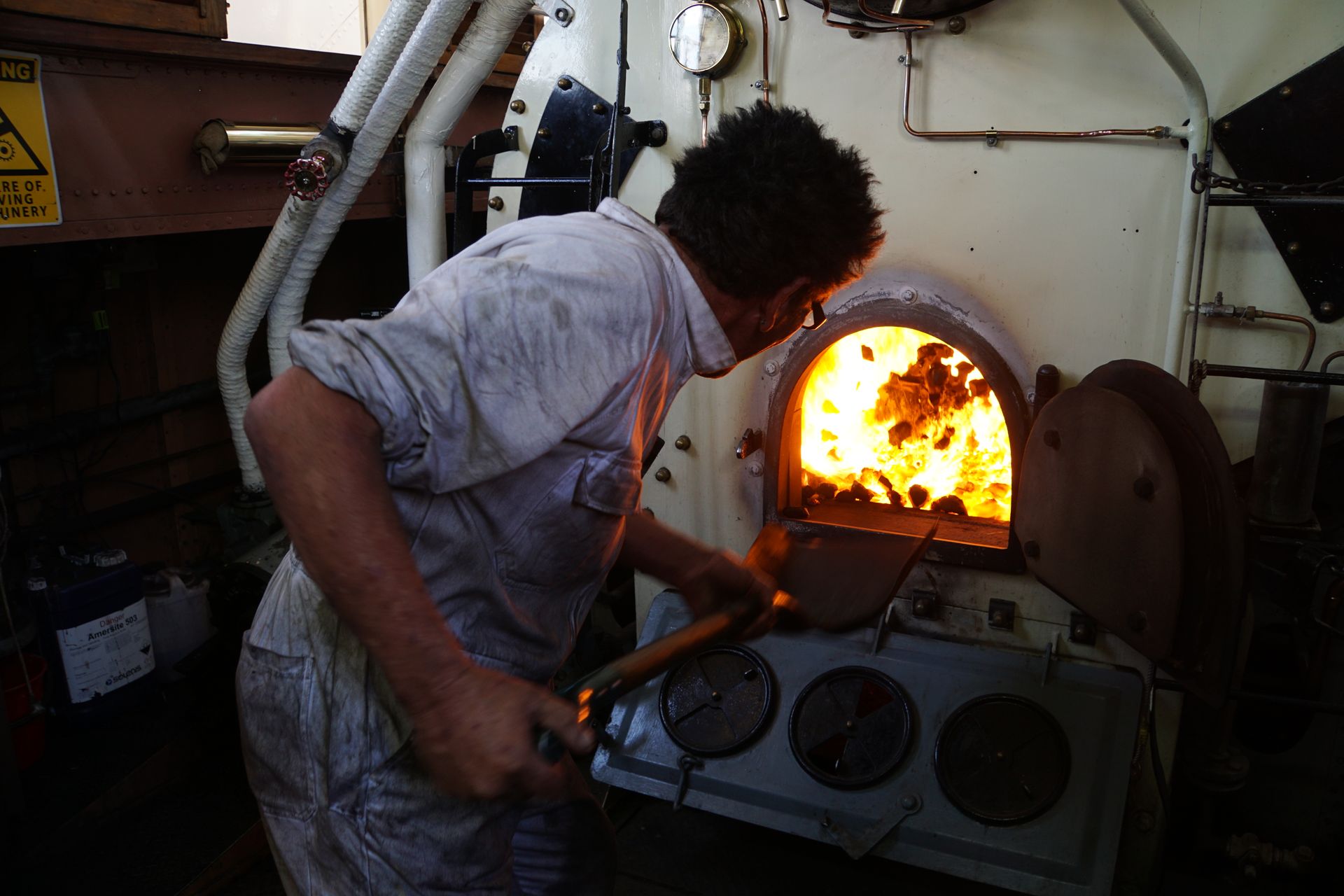
It's pretty hot close to the oven
In the past, homing pigeons were used by the crew of the ship for communication on land. Today, homing pigeons are used as a nice gimmick to show tourists how communication used to work. Laura was allowed to hold one of the two homing pigeons and then give it a 'boost' to start.

After we disembarked, we took a look at the charming town. There is a small 'heritage walk' with a brochure that passes by the most beautiful old buildings in Whanganui. The important dates of each historical site are outlined in small texts, and little stories are told about each house.
This concludes our adventure along the West Coast of New Zealand. So far, we are completely thrilled with this country!
Abonneren op de nieuwsbrief
Antwoord

Reisverslagen Nieuw-Zeeland
